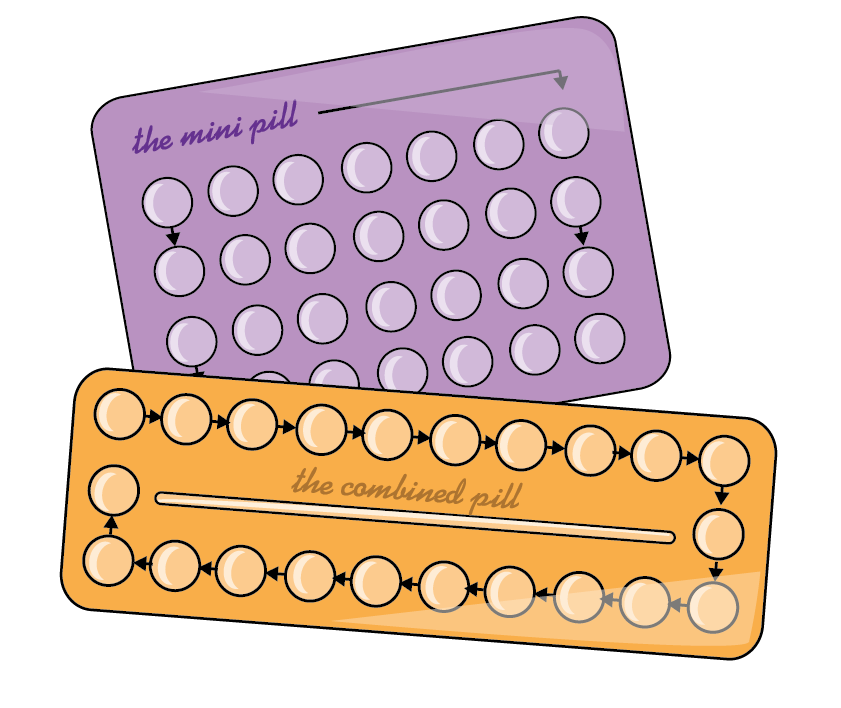T he Combined Oral Contraceptive Pill (COC) contains two hormones called oestrogen and progestogen these are similar to the natural hormones women produce in their ovaries.
he Combined Oral Contraceptive Pill (COC) contains two hormones called oestrogen and progestogen these are similar to the natural hormones women produce in their ovaries.
You can now get the pill from a pharmacy in your local area without a prescription. Whether you're already taking the pill or looking for your first supply, you can arrange a confidential consultation at a local participating pharmacy. It's completely free for everyone and you don't need to be registered with a GP.

